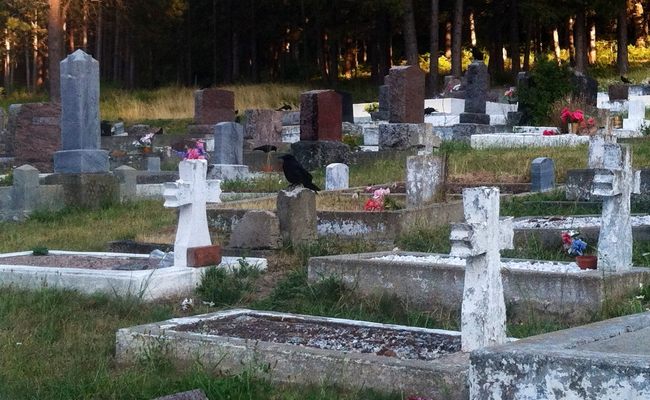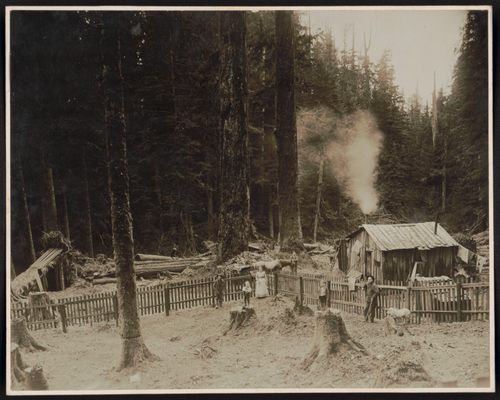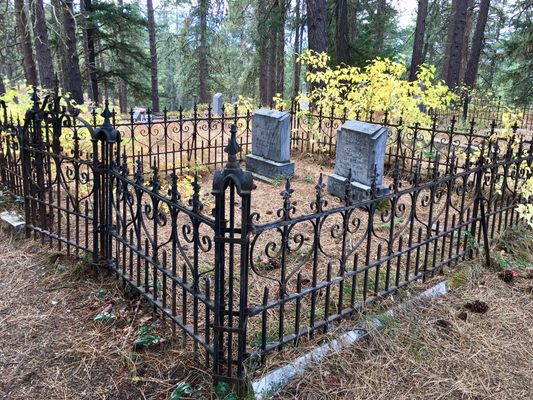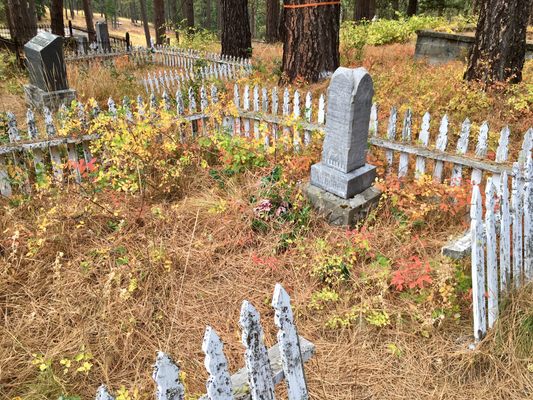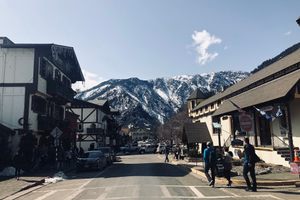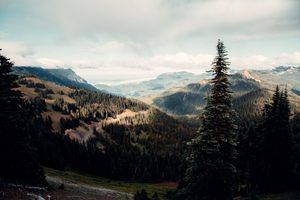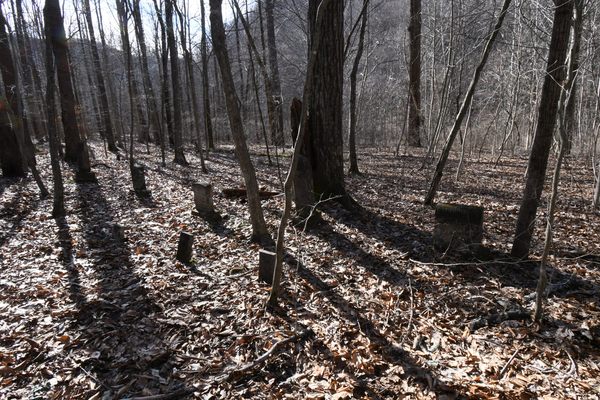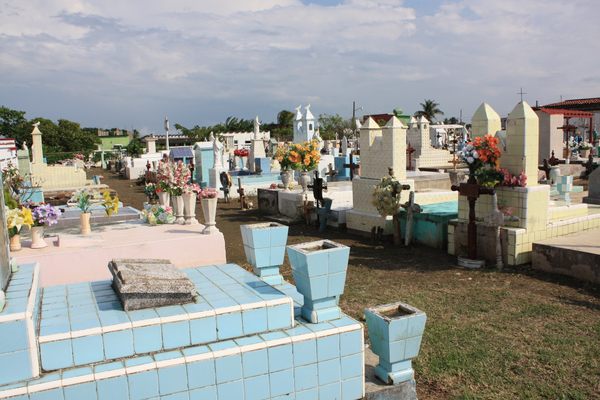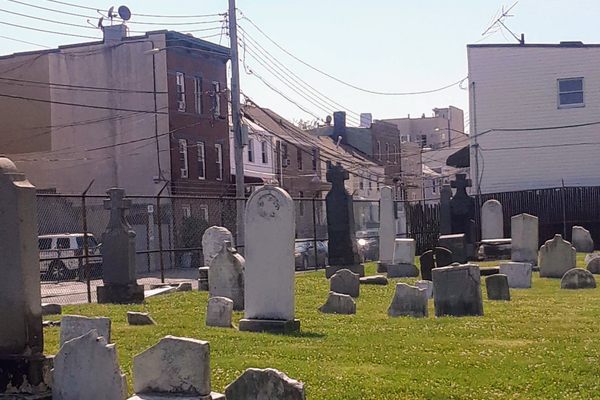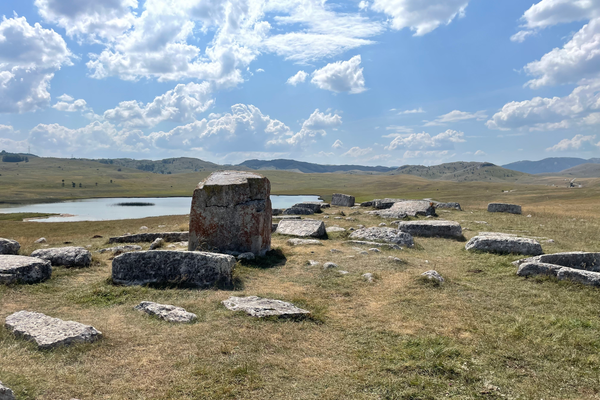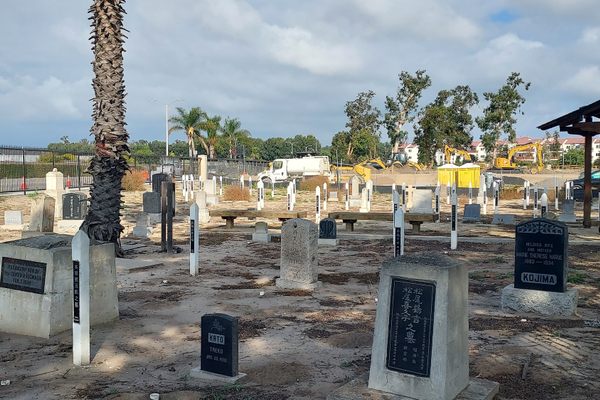About
The Roslyn Cemetery in Washington’s Cascade Mountains hosts a literal patchwork of multicultural graves inside its sprawling, forested grounds. The burial grounds are divided into 27 distinctive graveyards to represent the many nationalities and ethnic groups that made the voyage to this frontier wilderness in the late 19th century.
The cemetery is a testimony to the rugged people who immigrated here to work in the mines. The diverse cross-section of pioneers seeking precious metals in the Cascade mines laid the framework for the multicultural community that took root in their footsteps.
In 1888, more than 300 Black miners and their families were brought to Roslyn unknowingly to break a strike, changing the city’s demographics overnight. After initial resentment, the growing demand for coal reconciled the white miners to eventually return to work alongside the Black miners.
William Craven, the descendant of a miner, was elected Roslyn’s mayor in 1975—the first Black mayor in all of Washington. In its heyday, the remote mountain town in an otherwise mostly white county boasted several Black fraternal organizations including the first Prince Hall Masonic Lodge in the Washington Territory and many other ethnic fraternal orders that sprang up in the mining melting pot.
The cemetery’s sprawling meadows, forests, and hillsides are the final resting place for these pioneer miners and the families they brought west with them. Most of the plots face East, but the Polish section faces north toward the Polish community church. The Croatian section boasts a smooth, grassy lawn off of the main avenue while the Black miners and their families are mostly buried across the street under some large trees on a hillside. The Lithuanians are further back, shaded by the forest looming just outside with some plots eerily lost to the encroaching pines.
The cemetery is noted for its memorial to victims of a tragic 1892 explosion that claimed the lives of 45 miners, making it the deadliest mine disaster in state history. Another horrific explosion struck in 1909, making for the second-worst mining accident the state has seen.
To this day, descendants of these early pioneer miners continue to bury their loved ones in this mountainous, 19th-century microcosm of multicultural western immigration.
Related Tags
Know Before You Go
The cemetery is located on the Western edge of Roslyn, a few blocks past the downtown. A few of the sections are in the process of being reclaimed by the encroaching forest, so exploring the hillsides to the North may reveal burial plots otherwise hidden from view.
Community Contributors
Added By
Published
October 19, 2018
